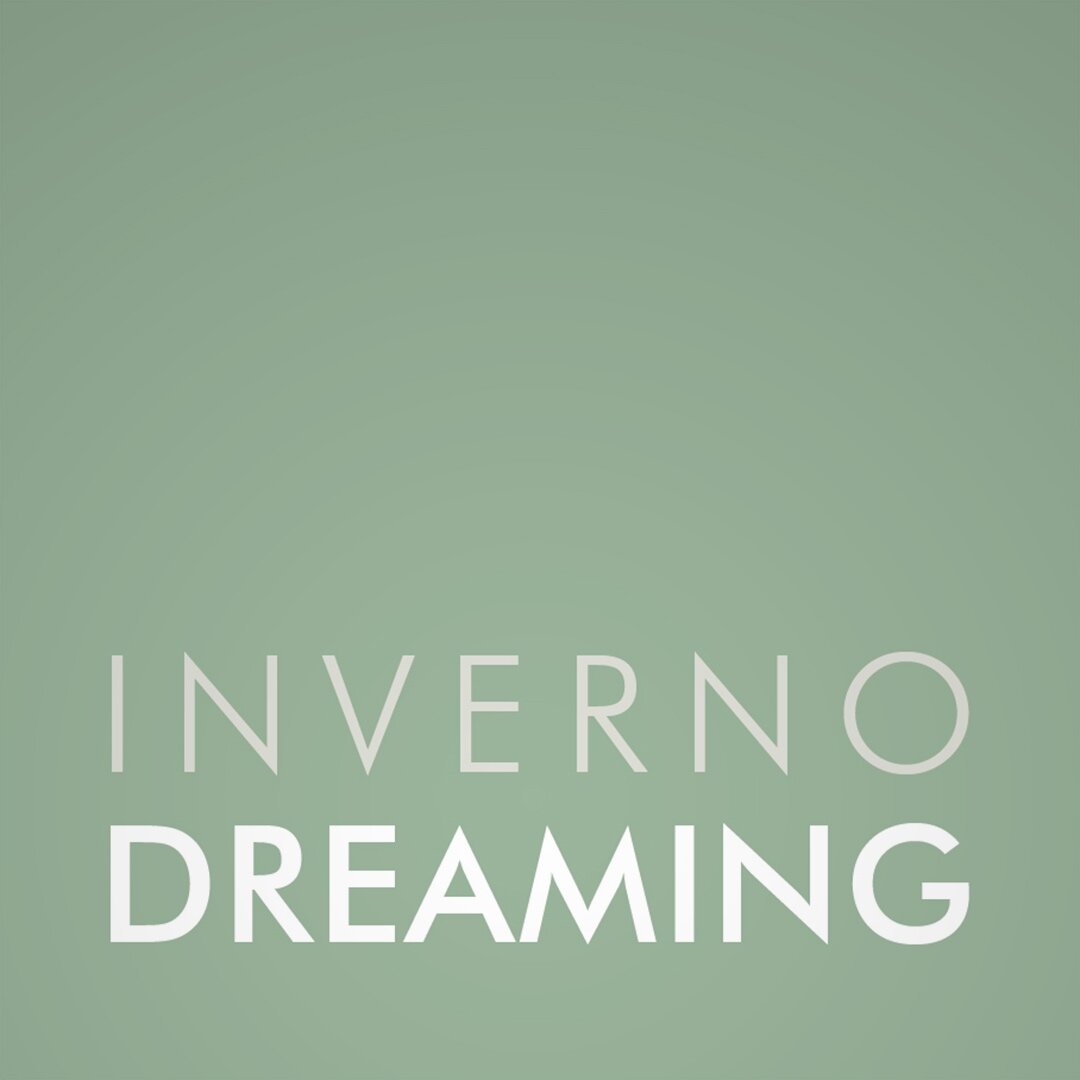Earlier this year I shot some Kodak Vision 3 250D and like many photographers, I was excited to see some motion picture movie sparkle in my stills photos. I liked it enough to try some of Kodak's Vision 3 500T which is a tungsten rated film ideal for indoor and night shooting. 500T is one of the four Vision 3 films available, the others being 50D and 250D (daylight) and 200T and 500T (tungsten). As well as shooting at night I also tried the 500T in daylight with an 85b amber filter, this filter is required for daylight shooting of any tungsten-balanced film to avoid nasty blue colour casts.
The last time I cross-processed 250D in C41 chemistry, this time I decided to use ECN-2 chemistry. ECN-2 is the dedicated development process for Vision 3 films. The process is a bit more precise and convoluted but it's essentially the same as C41 except that the temperatures are even more critical. I worked at 41ºC for developer and 37ºC for the bleach and fix. The other big difference is a stop stage after development and of course the remjet removal, but more about this later.
I had no way of telling what the difference would be between developing in ECN-2 or C41 except to say that it felt right, was not difficult and the colours/tones are good. 500T film is a very flexible film, capturing a wide latitude and it’s night colours are superb. Even during daylight, it performs well and is the ideal film if you know you are going to shoot late afternoon into the evening. One photo of a fish and chip shop with an illuminated blue sign was beyond my expectation. I love the electric-blue of the sign and I'm pretty sure that no film that I have used before could have reproduced this result, except maybe Cinestill 800T. Interestingly both films are the same except that Cinestill removes the remjet coating making it C41 friendly and because there is no anti-halation effect from the removed remjet Cinestill has characteristic halos around light sources. These typical red glows are all but absent in Vision 3 film and make for an interesting creative feature between these two versions.
Once again I got some ghost sprocket marks on 3 or 4 frames per roll. I don't know for sure what caused these but I believe it was due to me mishandling the film during the final wipe down process after the fix wash and before stabilisation. At this stage, it was necessary to un-reel the film and wipe away any residual remjet from the celluloid side. In an ECN-2 automated pro-lab processor this is done with soft spinning brushes, in my bathroom, it was done with a wet microfibre cloth! I think that the soft emulsion side of the film is very susceptible to marking and when I dropped it into a bath of stabiliser there was a risk of marking as the wet film naturally curled around itself. If anybody has come up against this, I'd love to hear about your experiences, please do share your thoughts in the comments section below. For sure, there is more work to be done here, some experiments in final remjet removal method could well be in order.
As for the final photographs they are for me, well worth the additional trouble of using this special film. I love how it handles light and dark and I can see a cinematic feel to the images despite my obsession with shooting 35mm mostly in portrait! Maybe I should crop everything 16:9 widescreen.









